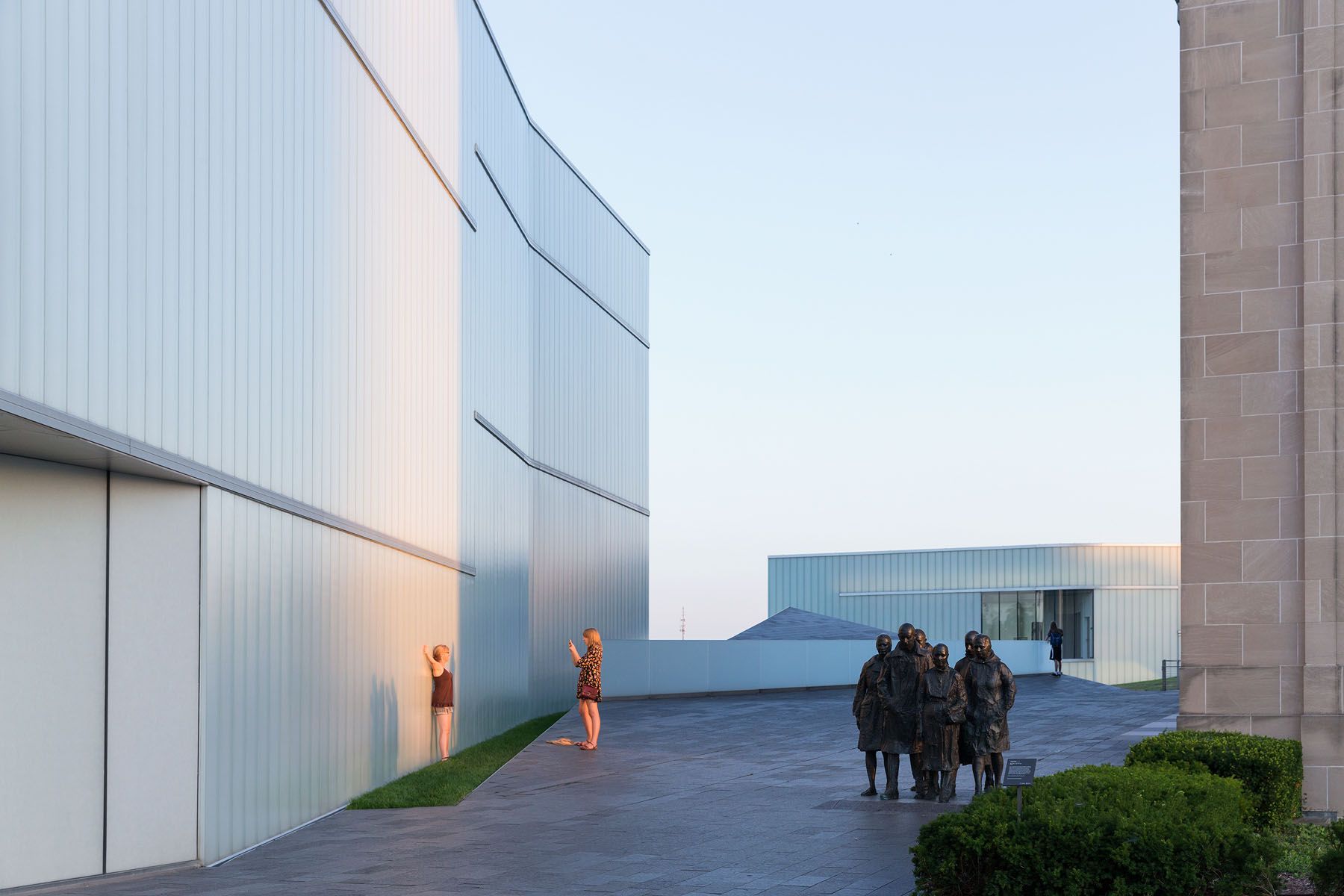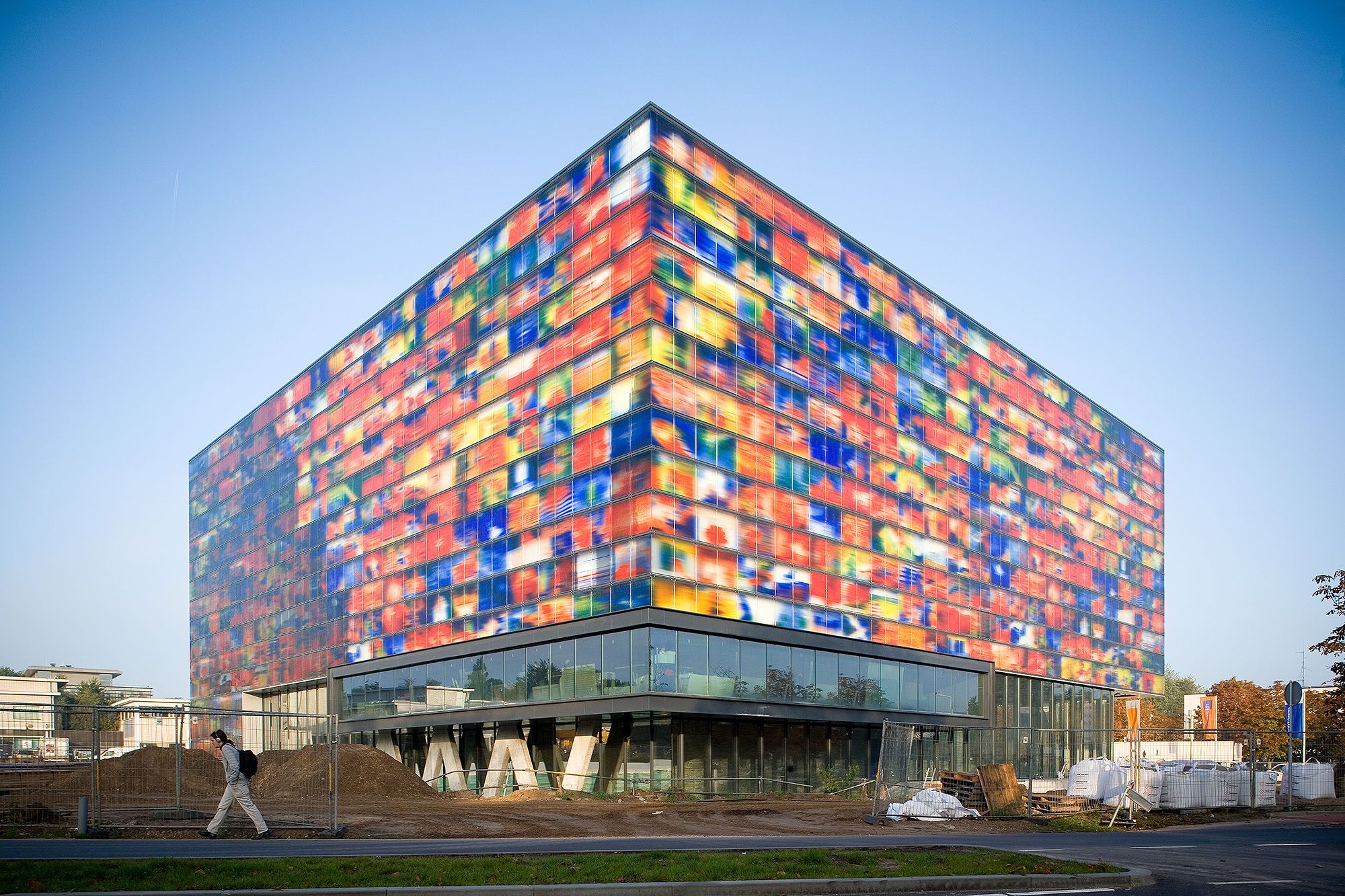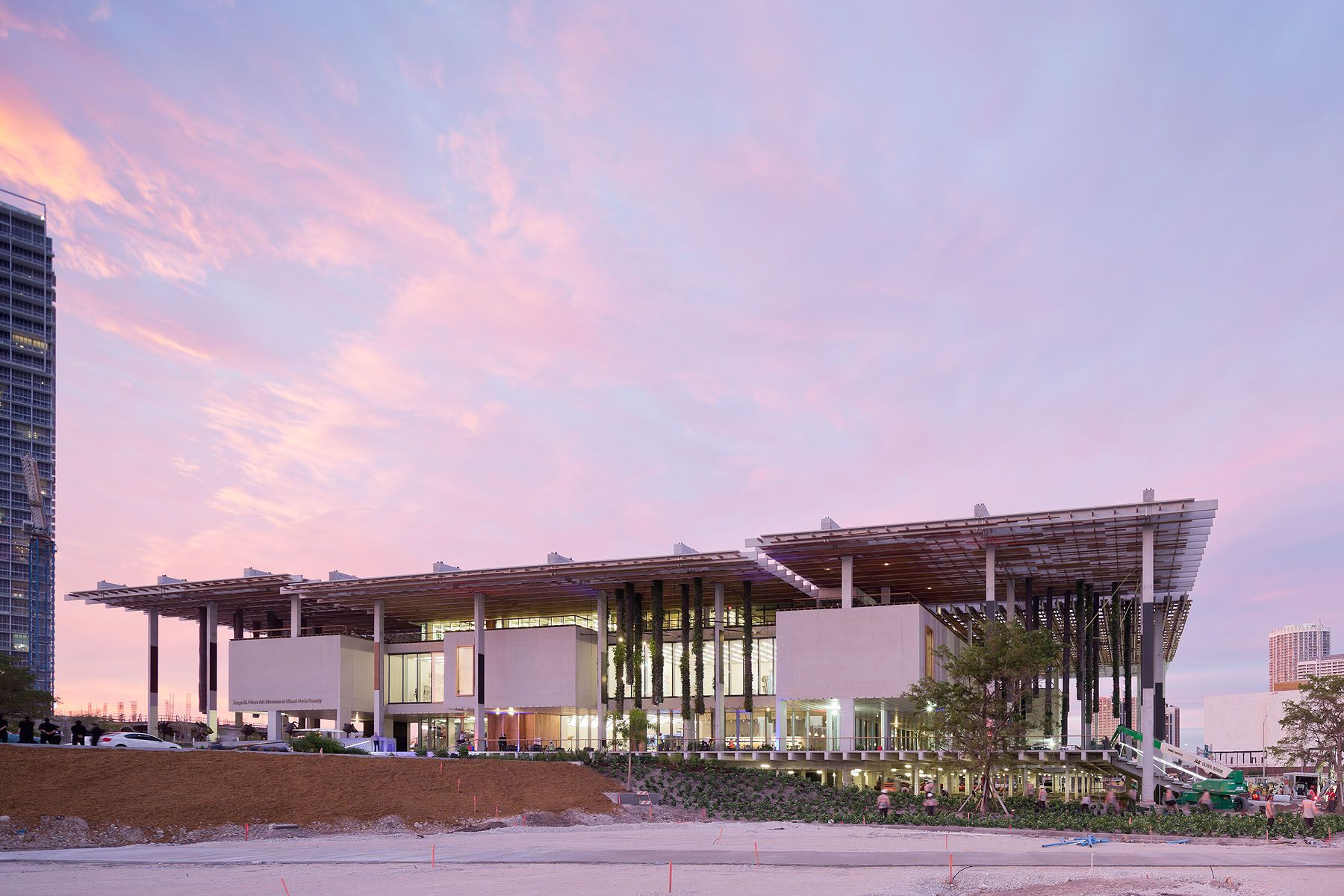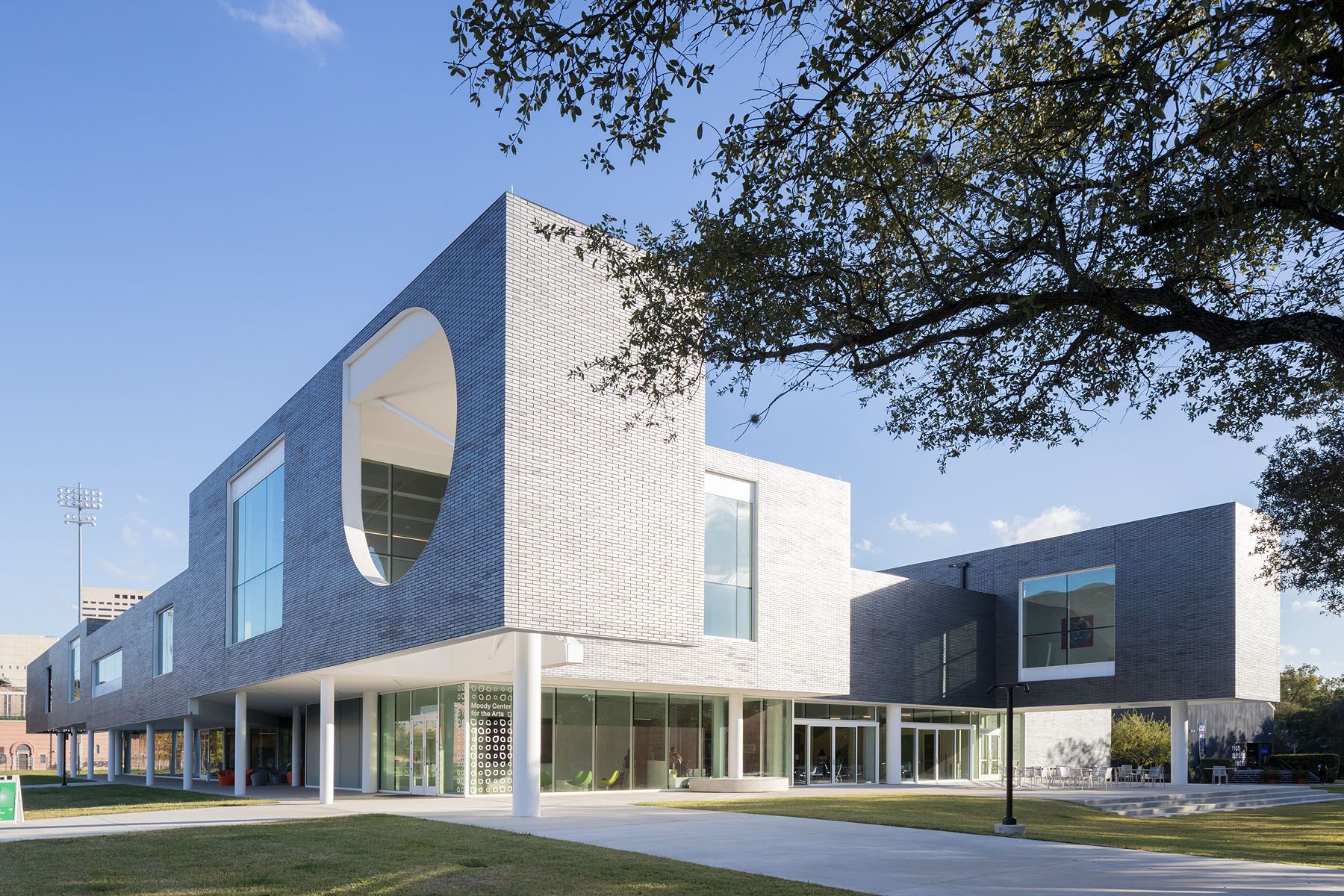House of Music Budapest – Sou Fujimoto
Sou Fujimoto’s House of Hungarian Music reimagines the museum as an open acoustic landscape rather than a closed container. A porous roof filters light like a canopy, and the architecture invites visitors to drift through it as they would through the surrounding City Park. Circulation becomes a meandering flow, echoing the way sound moves through space.
Blurring building and nature, the project reflects a twenty-first-century idea of culture as participation rather than display. The museum becomes a shared terrain for listening, learning, performing, and gathering, where the environment enters freely and architecture acts as a gentle instrument that shapes experience rather than directing it.




